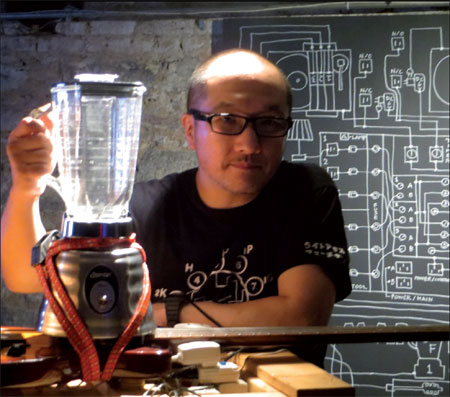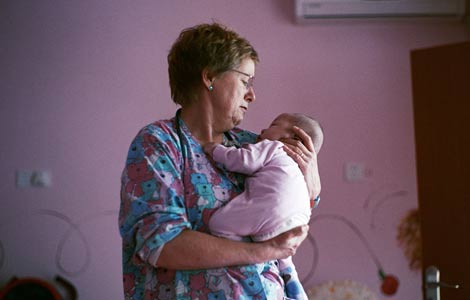Art exhibition tackles Asian urban angst
Updated: 2013-08-13 11:16
By Caroline Berg in New York (China Daily)
|
||||||||
|
Japanese artist Ujino’s The District of Plywood City (2011) is one of many new Asian media art projects featured in the Microcities exhibition. Caroline Berg / China Daily |
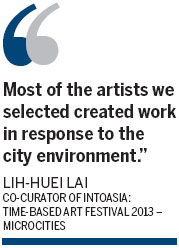
Recovering from nuclear disaster, living in low-income housing and transforming a bucolic environment into a hectic city are just a few among many subjects highlighted in a new Asian media art exhibition in New York.
"Most of the artists we selected created work in response to the city environment," co-curator Lih-huei Lai told China Daily at a press preview last week. "We feature work that addresses the economic development or the environment or the history or the cultural background of the Asian city."
Lai spent a year with Wei-ching Chen searching for Asia-based new media artists to showcase in the first edition of inToAsia: Time-based Art Festival 2013 - Microcities.
The exhibition is presented by inCube Arts, an independent, non-profit organization Lai and Chen founded in New York to foster new forms of cultural exchange and creative expression through exhibitions, art festivals, art residencies, workshops, public lectures and talks.
Lai and Chen aim to make the inToAsia art festival an annual event to connect the West to different Asia perspectives through a variety of media, including videos, short and animated films, kinetic installations and real-time sound art performances.
Participating nations and regions in the festival include the Chinese mainland, Taiwan, Hong Kong, Japan, South Korea, India, Indonesia, Singapore, Thailand and Malaysia. The exhibit features 33 Asia-based media artists split between two locations this month. "Exhibition I" is on display now at the Stephan Stoyanov Gallery in Manhattan and will run through the end of the month. "Exhibition II" is also available for public viewing now at the NARS Foundation in Queens, New York, and will remain on display through Aug 28.
Representing a diverse range of cultural and social backgrounds, the artists reflect on their life experiences in relation to worldwide social issues associated with a global culture and how this affects the dynamics of rising East Asian cities as a whole.
Through the artists, the exhibition presents a number of questions for viewers. What will the future bring by relinquishing tradition and embracing the new economic and social norms? How has urban development overtaxed our social and ecological environments? Have we learned anything from these changes? What kind of impact has the high-tech, comfortable and convenient lifestyle had on urban dwellers?
One video installation titled Rubbing the City: Beautiful Dirty Bubble (2012) shows Taiwan artist Kuangyu Tsui sneaking up behind city buses and hooking up a hose connected to a bubble machine strapped to his back to the vehicle's exhaust tailpipe.
"When the exhaust air comes out, the machine makes bubbles," Lai explained while watching the video in a corner of the Stephan Stoyanov Gallery. "It seems very beautiful and sweet, but actually it's not. The artist is trying to say that conveniences like automobiles pollute our world."
Adjacent to the Dirty Bubble project, a video focused on a tall, thin, shirtless Chinese man holding a long wooden stick, standing in a river and trying unsuccessfully to spear a fish."In this work, the artist tried to follow a handbook that teaches you how to survive in the wilderness," Lai introduced the project called Superfluous Knowledge (2010) by Xiangqian Hu. "He's trying to say this primitive knowledge is no longer critical today, but I think he also wants to say that we rely so much on modern conveniences that we have become incapable of these basic survival skills."
While Asia experiences its economic boom, urban development is inevitable. What the exhibit addresses is how this phenomenon affects local culture, ideology, environment and social structures.
"In a way, the development of the city is progress," Lai said. "But in another way, it's the cause of a lot of trouble, a lot of damage that you cannot really recover."
(China Daily USA 08/13/2013 page2)
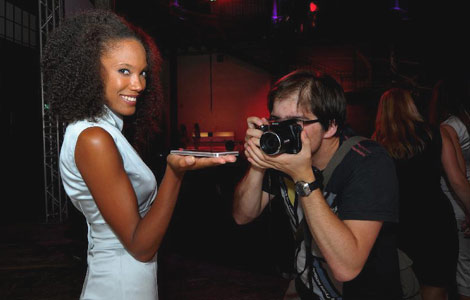
 Huawei unveil Ascend P6 smartphone in Vienna
Huawei unveil Ascend P6 smartphone in Vienna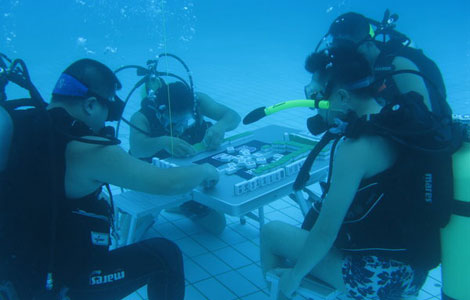
 That's one cool game of mahjong
That's one cool game of mahjong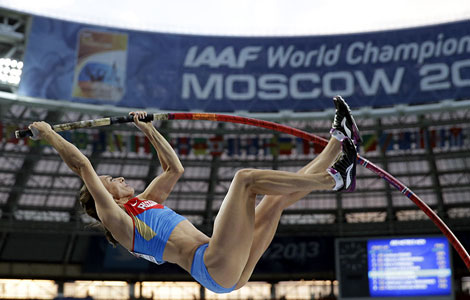
 Isinbaeva leads harvest day for host Russia
Isinbaeva leads harvest day for host Russia
 Perseid meteor shower puts on show in night sky
Perseid meteor shower puts on show in night sky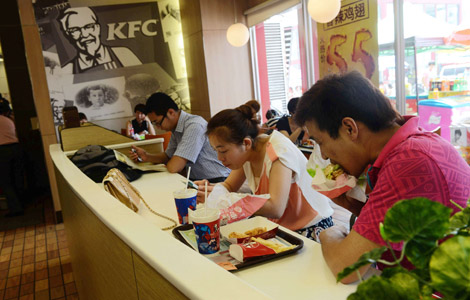
 Bird flu, slowdown hit sales at fast-food chains
Bird flu, slowdown hit sales at fast-food chains
 PetroChina poised to dominate Iraqi oil
PetroChina poised to dominate Iraqi oil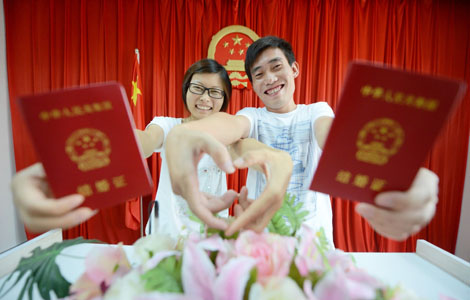
 Marriage attitudes slowly change
Marriage attitudes slowly change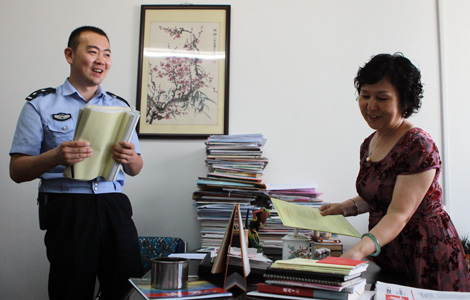
 On frontline of fight against crime
On frontline of fight against crime
Most Viewed
Editor's Picks

|
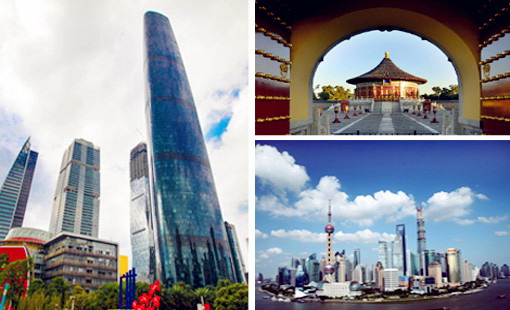
|
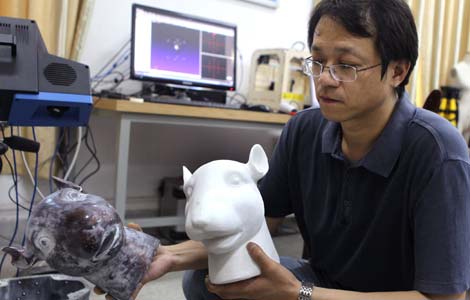
|

|
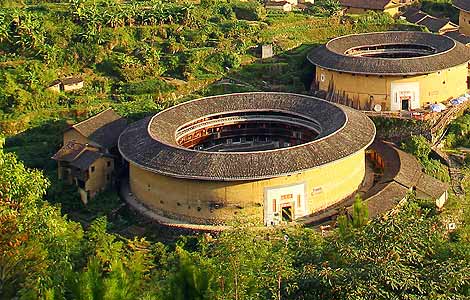
|

|
Today's Top News
China investigating carmakers over pricing
Asiana payments just the beginning: experts
US envoy on DPRK to visit China, ROK, Japan
Brazil demands clarifications on NSA surveillance
2nd-generation ID cards to include fingerprints
Donors of organs easing transplant shortages
Chinese students boost boarding business in US
TCM chain probed after illegal house exposed
US Weekly

|

|
